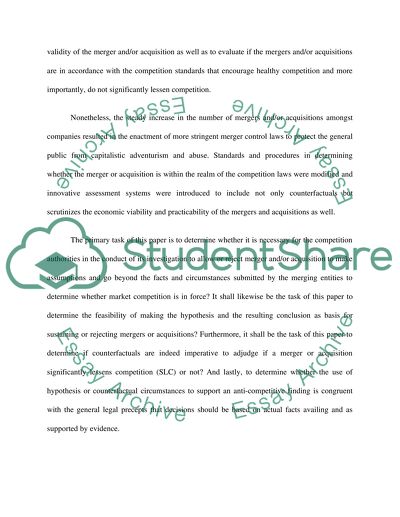Cite this document
(“Assess the importance of the counterfactual in merger assessment Essay”, n.d.)
Retrieved from https://studentshare.org/law/1393383-assess-the-importance-of-the-counterfactual-in
Retrieved from https://studentshare.org/law/1393383-assess-the-importance-of-the-counterfactual-in
(Assess the Importance of the Counterfactual in Merger Assessment Essay)
https://studentshare.org/law/1393383-assess-the-importance-of-the-counterfactual-in.
https://studentshare.org/law/1393383-assess-the-importance-of-the-counterfactual-in.
“Assess the Importance of the Counterfactual in Merger Assessment Essay”, n.d. https://studentshare.org/law/1393383-assess-the-importance-of-the-counterfactual-in.


